Apple's iPhone 15: Embracing USB-C and Bid Farewell to Lightning
Apples iPhone 15 launch brings USB-C, simplifying cables but potentially causing accessory and sustainability issues. It also addresses concerns about a portless iPhone Pro for professionals.
Apple's Big Move: iPhone 15 with USB-C
In a move that will undoubtedly set tech enthusiasts and Apple fans buzzing, the tech giant is set to unveil its iPhone 15 lineup on September 12th. Barring the highly unlikely scenario of Apple CEO Tim Cook embracing a fruitier direction and switching to bananas (a waiting to be written – 'APPLE GOES BANANAS'), the event promises to introduce four new iPhones, each adorned with the latest USB-C ports, effectively bidding adieu to the Lightning connector that has been a fixture for years.
This shift is a double-edged sword. On one hand, it ushers in the era of 'one cable to rule them all,' simplifying our lives and minimizing those dreaded "I brought the wrong cable" moments during vacations. No more panicking as your iPhone battery dwindles, leading to an exasperated fist-shake at the heavens and a reluctant $20 splurge on an emergency cable purchase.
However, it's not all sunshine and rainbows. The transition to USB-C means that your houseful of Lightning cables and Lightning-compatible accessories could become obsolete, potentially causing sustainability concerns as you contemplate the fate of these now-legacy gadgets. You might also find yourself drowning in a sea of dongles as you scramble to adapt to the new reality.
If you're feeling torn about this impending change, you're not alone. And the complexity deepens when you delve into the nitty-gritty details.
One undeniable advantage of the USB-C iPhone is that it buries the rumor of a 'portless' iPhone Pro, which would be met with trepidation by professionals. While wireless charging is convenient, it falls short in terms of efficiency for data transfer and latency, particularly for video creators and musicians who rely on reliable ports. USB-C comes to the rescue here, offering the convenience of reversibility, speed, and the potential for Thunderbolt connectivity, which can swiftly handle tasks like ripping 4K footage – a boon whether you're crafting Hollywood hits or capturing high-definition cat videos.
But for the average user, the primary appeal lies in the simplicity of fewer cables, potentially of higher quality. Lightning cables were notorious for their tendency to fray over time.
Yet, the 'fewer cables' mantra isn't always the blessing it seems. The USB-C standard is a mixed bag, with cable quality varying significantly. I recently grappled with a baffling issue when my Mac refused to recognize new SSD drives until I begrudgingly replaced my 'lookalike' USB-C cable with a ludicrously expensive Thunderbolt alternative. This highlights the importance of investing in reliable cables for consistent performance.
Moreover, for those not opting for an iPhone Pro, the transition to USB-C might yield little in the way of tangible benefits. Your USB-C ports could operate at Lightning-speed, meaning all the hassle with none of the rewards. As for accessories, your speaker dock or form-fitting game controller that relies on Lightning may be rendered incompatible, adding another layer of frustration.
However, it's crucial to note that Lightning won't vanish overnight. Apple's vast product line will take years to undergo this transformation. Many of us still cling to 30-pin dock connectors from the early days of the iPad. As long as devices like the iPad Air continue to use Lightning, those cables will stay put until they fray into oblivion or the devices themselves become obsolete.
On the flip side, the majority of users may remain blissfully ignorant of these intricacies. They'll simply discover that their shiny new iPhone doesn't sync up with their old cables. Their frustration will be directed at Apple for what they perceive as a wasteful move, with chunks of the media joining in the chorus of discontent, possibly even taking swipes at the EU's common charger mandate in the UK.
Yet, amid all the upheaval, we can look forward to a future where Lightning Apple Pencils won't dangle precariously from USB-C-to-Lightning cables plugged into the USB-C ports of our iPads. Surely, that's a small victory that makes this transition worthwhile, right?
Download your fonts:
AlphaShapes meltdowns Font - Free Download
AlphaShapes gravestones 2 Font - Free Download
Hard to Read Monograms Font - Free Download
Woodcutter Dripping Nightmare Font - Free Download
Physics Teacher Font - Free Download
Minds Alike Font - Free Download
Chase's Sketch Font - Free Download
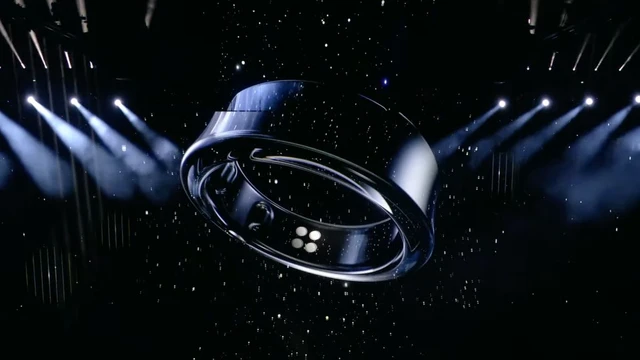
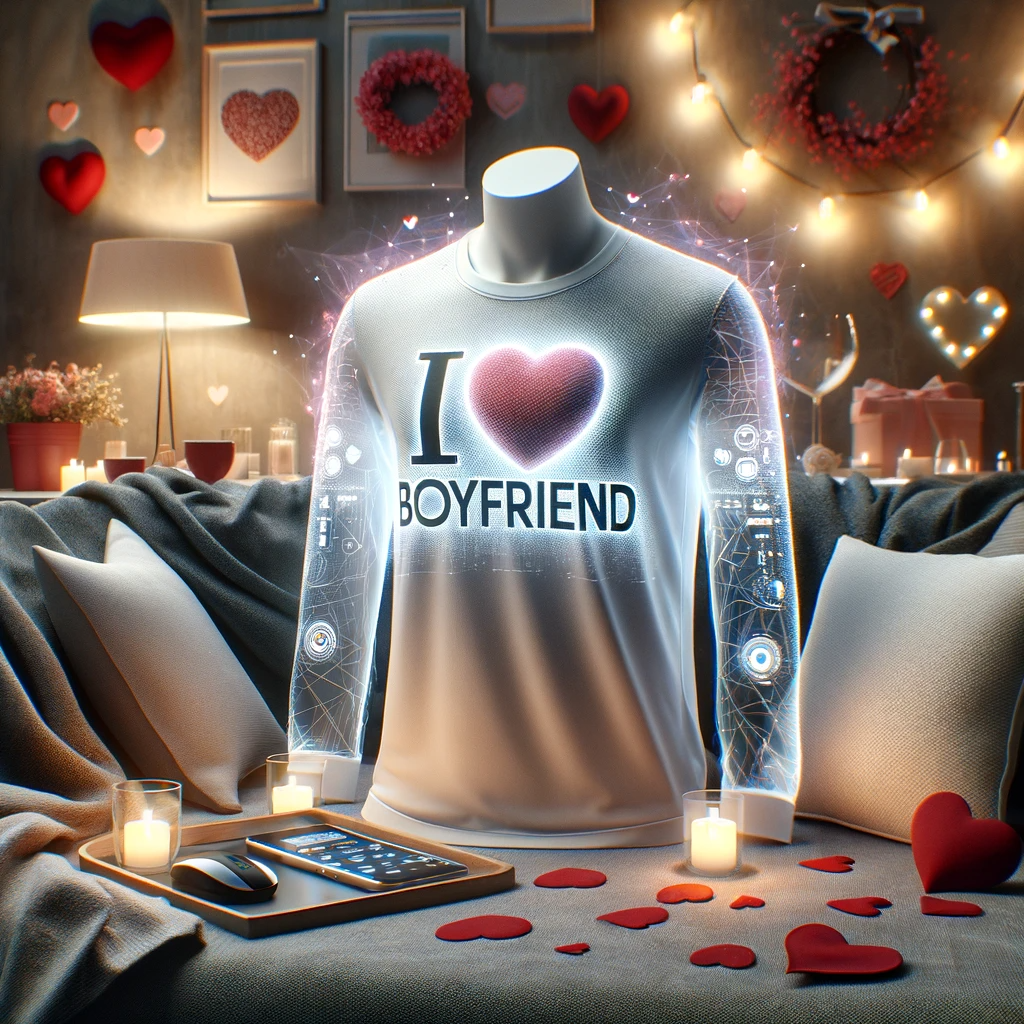

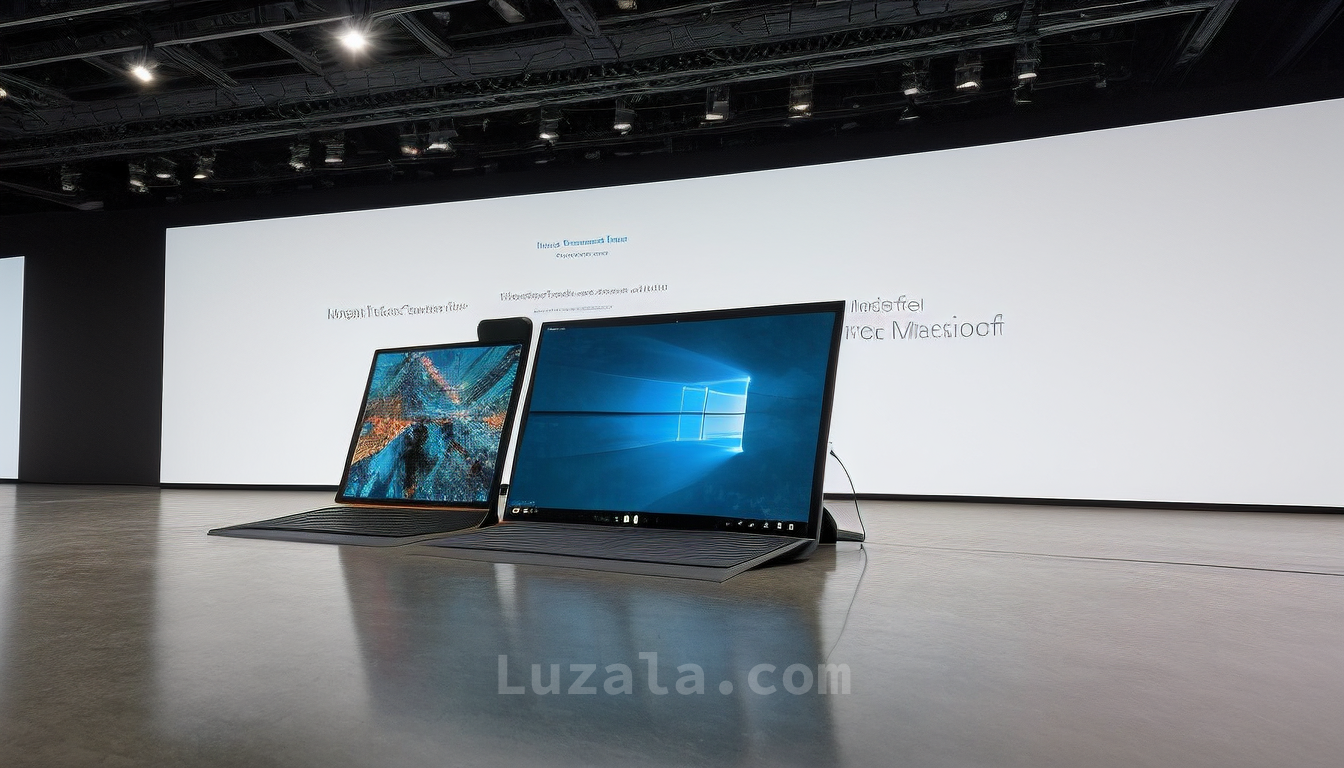
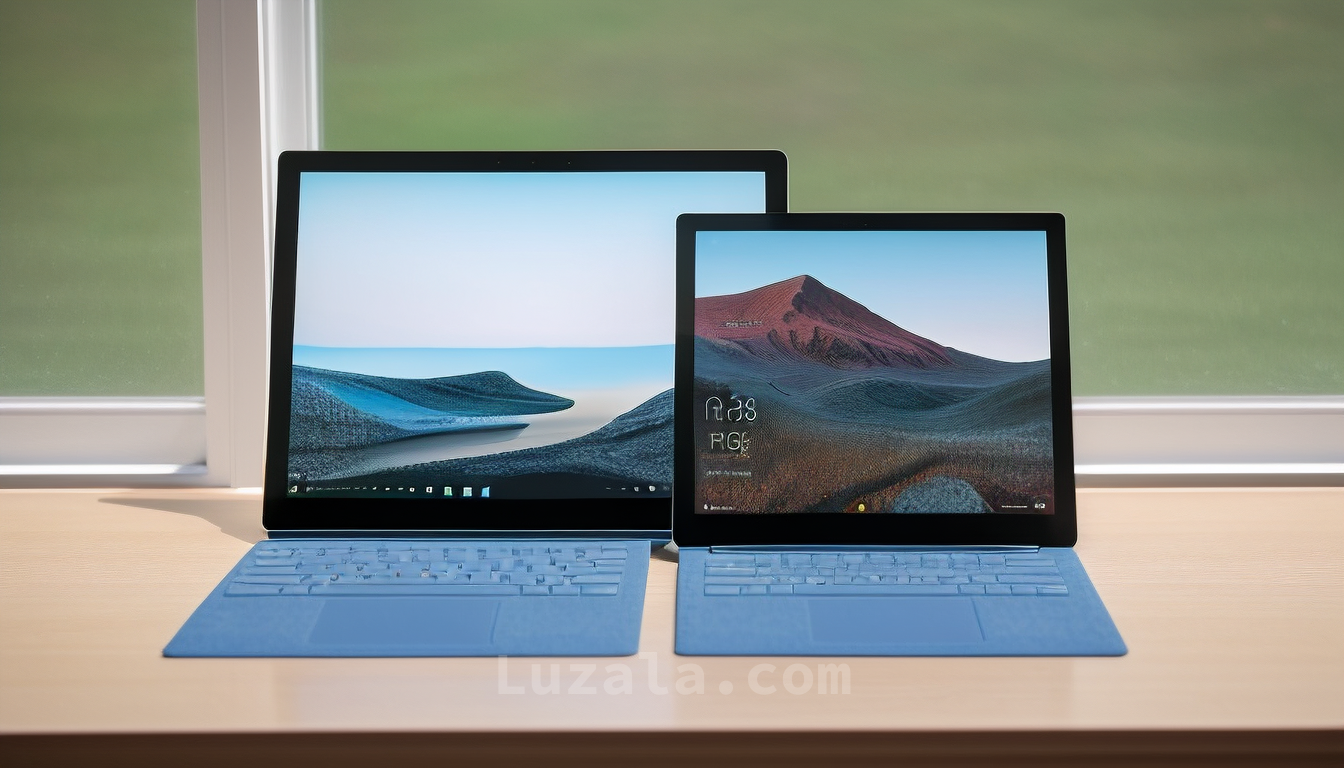

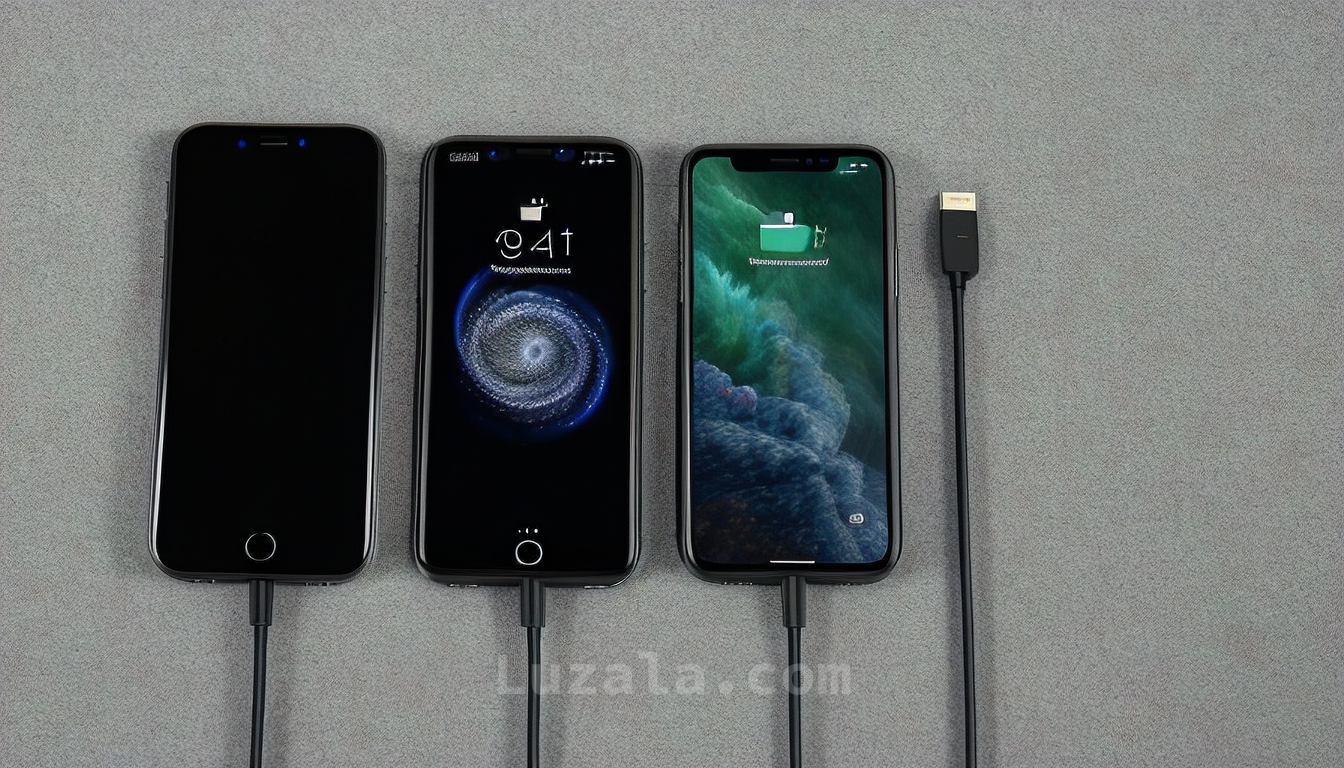

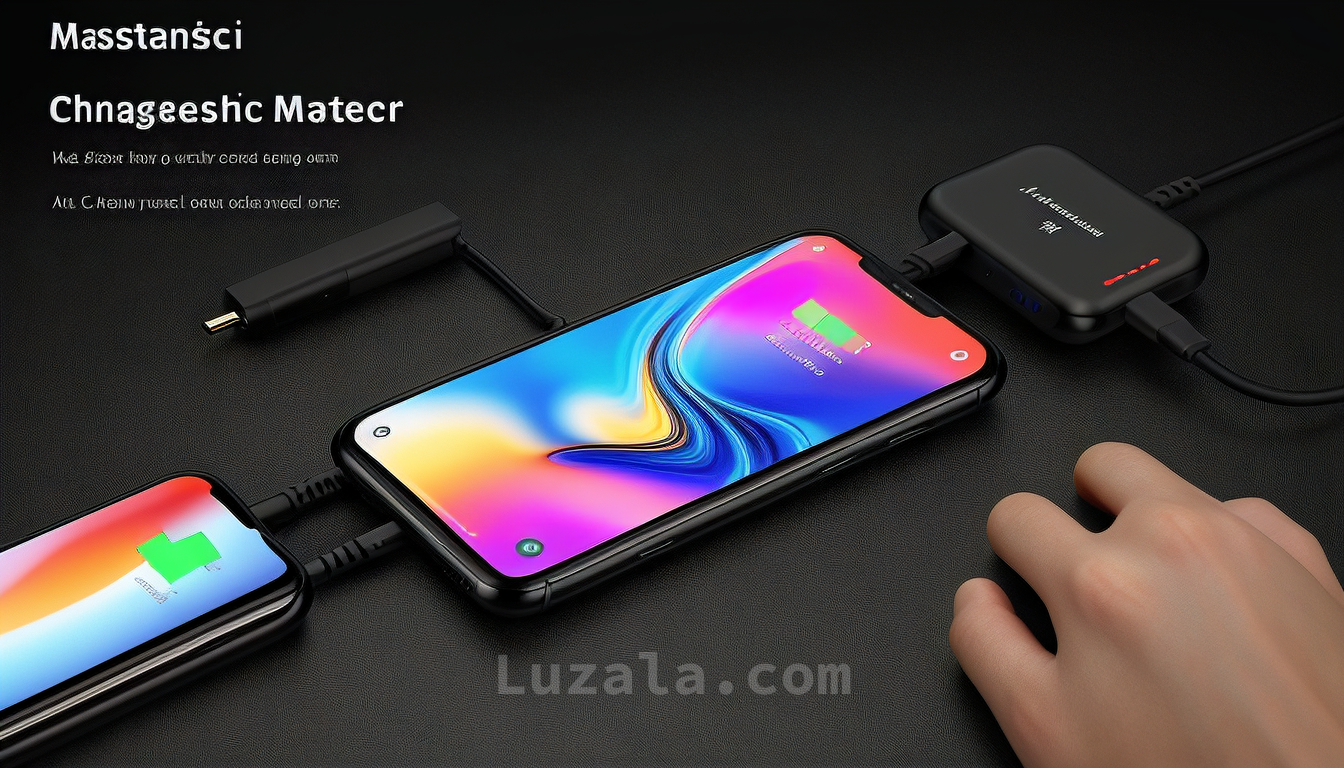
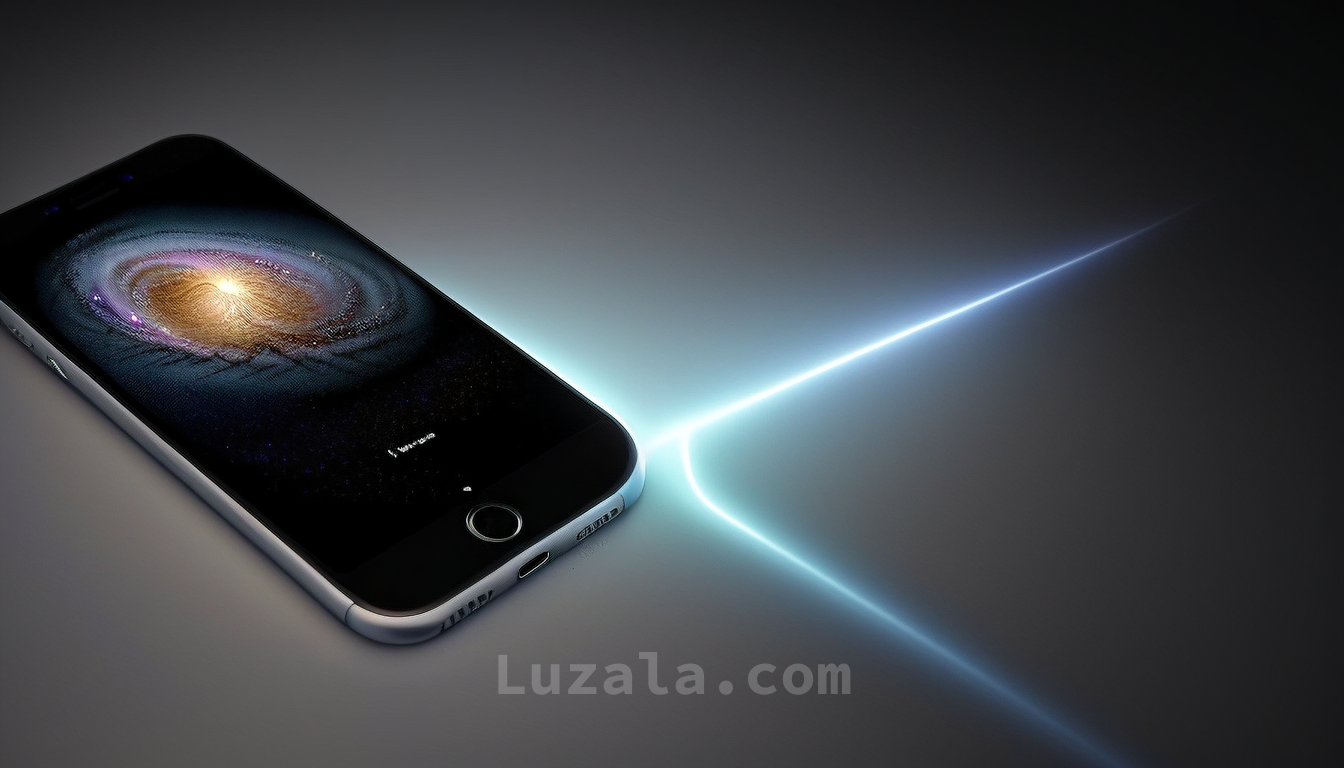





Comments